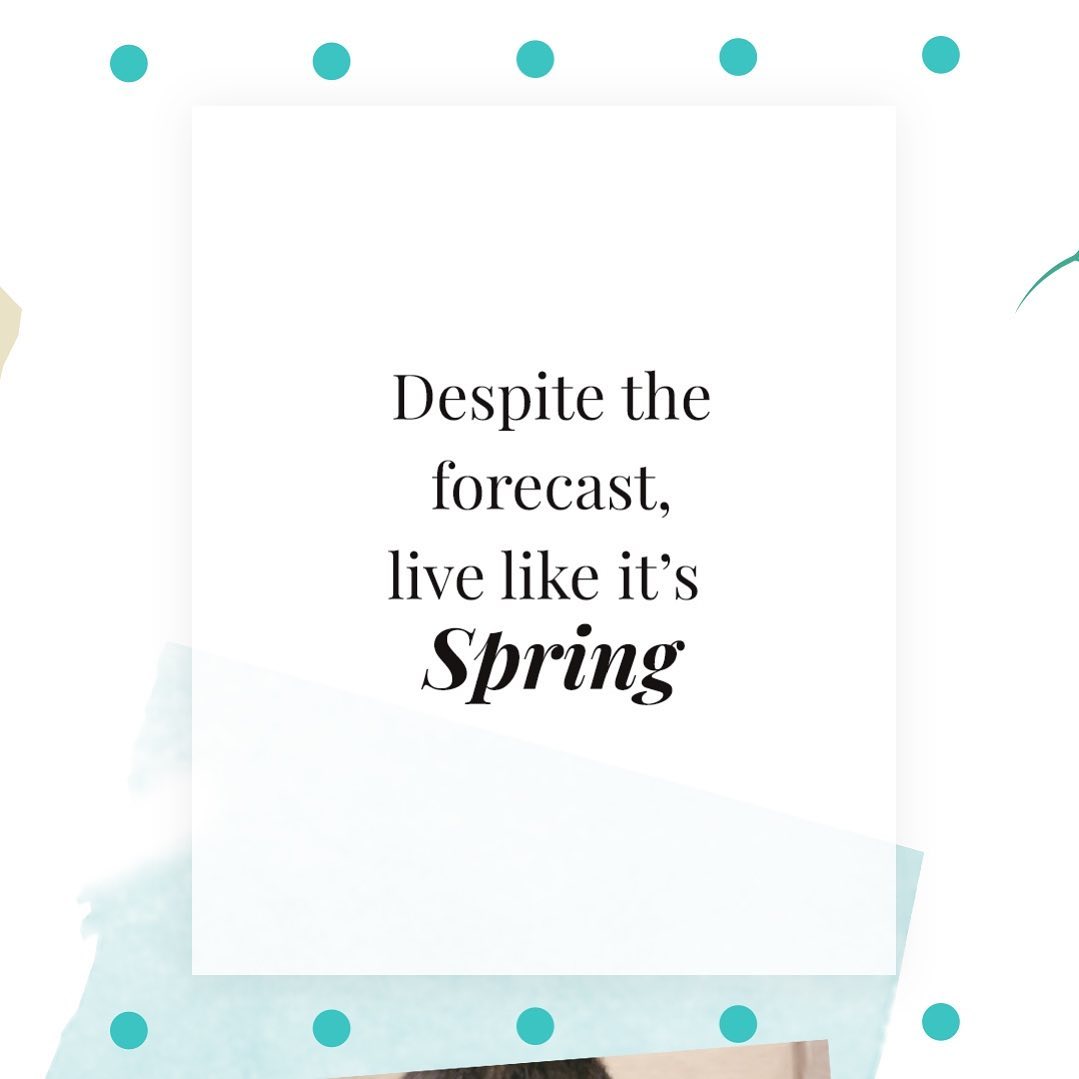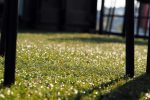The complete guide to artificial grass
A few decades ago, scraggly artificial grass (also known as astroturf) was mainly used in public spaces, but in the last 10 years it has become more and more popular for use in private gardens.
Lawns as a concept are slightly ridiculous, especially in our modern era of environmental consciousness. However, there is a social status associated with having a perfectly manicured lawn – plus they’re nice to play on, and you can easily lounge around or arrange furniture on them.
But real lawns require a lot of upkeep and can be a big hassle. This is partly why artificial lawns have been gaining in popularity in recent years. But is having a big plastic cover on your garden actually a good idea?
Read on to find out about the complete list of benefits artificial lawns can bring, as well as some of the biggest criticisms of them.
What are the benefits of getting artificial grass?
The main reasons why people choose to have artificial grass instead of the real thing is that it requires a lot less garden maintenance and generally are less of a hassle to have and keep. They are also cheaper and tidier than real lawns.
Artificial lawns can simply be be cleaned with non-bleaching detergent on an ad hoc basis, rather than needing regular mowings, so you’ll save on oil. You may still need to pick out some weeds, as they can grow through the plastic covering. However, you can spray pesticide as much as you like without worrying about killing your lawn.
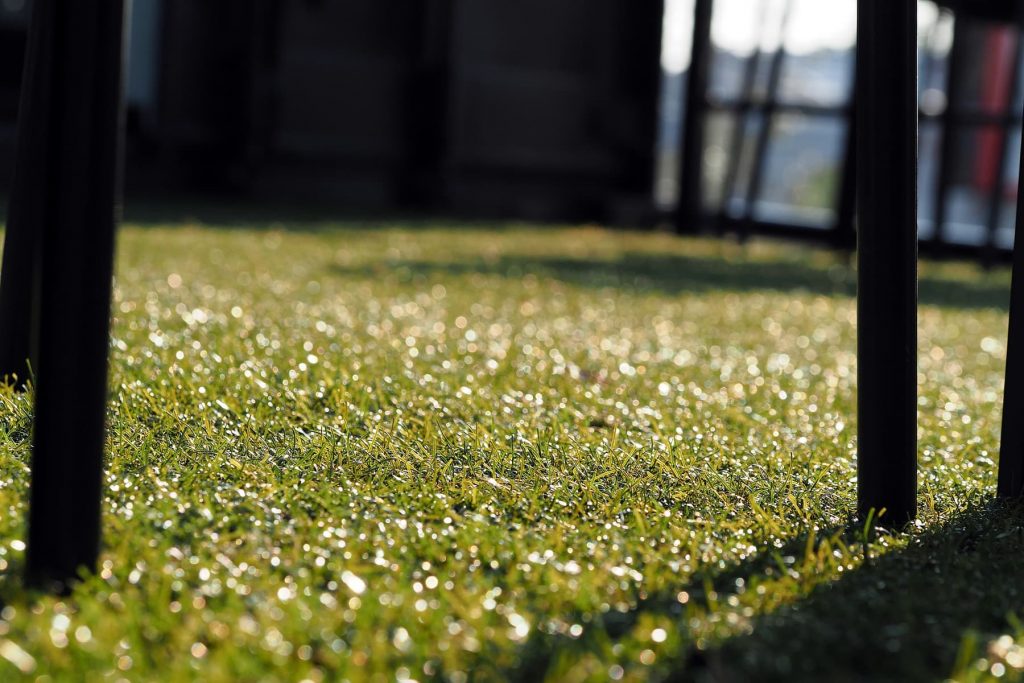
How much does fake grass cost?
The cost of artificial lawns has risen in recent years from between £20 and £40 per square metre to £60 to £75 per square metre.
This means that if you have a garden of 20 square metres, you’ll be looking at an overall cost of somewhere between £1,200 and £1,500.
This is a high initial cost, but many fake grass owners say that their lawn has paid for itself within a few years due to the offset costs of mowing, watering, fertilising and the time spent doing all of these things.
Can I lay artificial grass myself?
According to The Guardian, approximately half of artificial turf owners lay it themselves. You just have to make sure that you lay the strips in the same direction, and that they are well-joined together, but it’s certainly a DIY project you can take on yourself.
However ,it’s good to know that you’ll have to put down sand first and it needs compacting which can be noisy – but that’s nothing compared to the noise created by strimmers and lawnmowers throughout the summer!
How long will they last?
Artificial grass is supposed to last for 15 years when well maintained, although in general, companies that supply artificial lawns guarantee against fading for five to ten years.
This is one of the biggest issues with fake lawns – though this will be less of an issue if your grass gets a lot of shade.
Is fake grass right for my garden?
The short answer is that it depends. The long answer is that if you have a particularly sloped garden, fake grass won’t be right for you. It’s best for small, flat areas. However, the really good ones will work well for large areas, too, but the initial costs will be higher.
You can choose what it looks like – whether you’d like for the grass to be long, luscious and green as in late summer, or similar to a putting green.
Artificial grass is best suited to shady areas, so take that into consideration for your garden. If you’re looking for a low-maintenance option that only requires hosing and brushing to clean, and you don’t live in an area that requires a lot of biodiversity conservation, this may be a good option for you.
Is it bad for the environment?
The answer to this question depends on how you look at it. Polluting fuel and chemicals are needed to produce artificial lawns, though you can choose types that use recycled plastic to reduce the carbon emissions of production. Look for eco-friendly versions if you’re concerned.
An unavoidable issue, however, is that plastic lawns don’t support local ecosystems. Granted, natural lawns also aren’t the best of options (a permaculture garden might be, in this case) but many people feel that plastic lawns do more damage than good to the environment.
I hope that leaves you a little bit better informed when it comes to artificial lawns, but when in doubt, speak to a professional gardener! You can find different ones near you when you visit www.getagardener.co.uk.
![[AD] We’re a cricket-mad family, so we’re buzzing that @thehundred is back this August! 🏏🔥
To get ready, M tried out the official FREE Activity Pack — and it’s brilliant! 🙌
Packed with fun games, creative challenges and sporty tasks, it’s perfect for getting kids hyped whether you’re at home or on the go.
👉Download yours now (link in bio)
@londonspirit @ovalinvincibles #EveryMomentCounts #TheHundred
#EnglandCricket #CricketFamily #TheHundredCricket #LondonBloggers #Cricket #CricketIsLife #kidsfun](https://suburban-mum.com/wp-content/uploads/2022/11/505472555_18531279601016840_7092520074819907569_n-180x320.jpg)

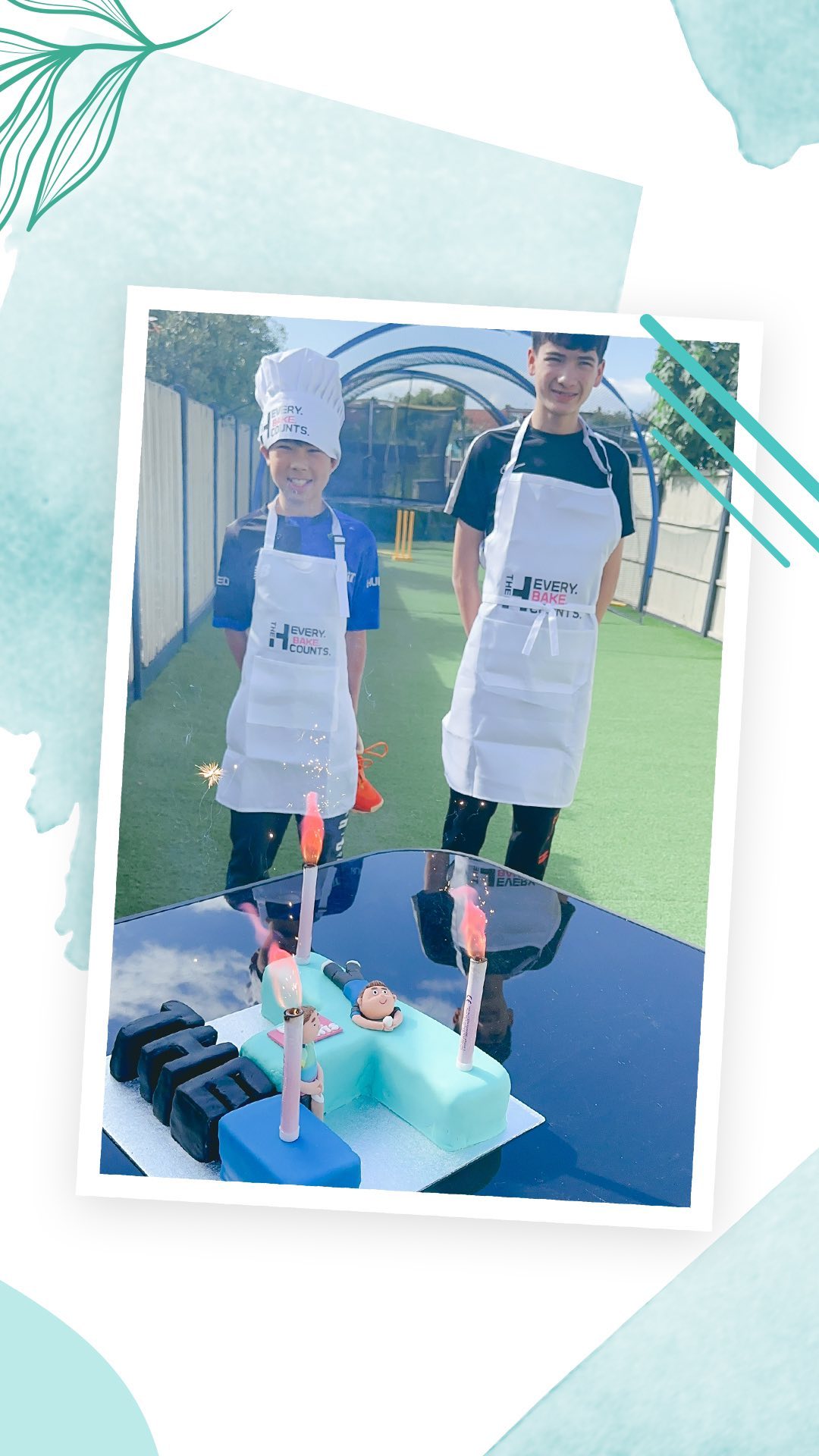

![[AD - Press visit]
We enjoyed the glorious sunshine this weekend with a trip to Brighton. We went on the @brightoni360official which is right by the sea front.
The i360 pod take a slow journey up, allowing you to take in views across Brighton and the South Downs 450ft above ground. There’s a bar inside with drinks and snacks available to purchase and the experience lasts 25 minutes.
Afterwards, we headed to the open air roller rink for a roller skating session!
The roller rink is:
⭐ Suitable for over 5s
⭐ £6.50 if you have your own skates or £9.50 if you need to hire them
⭐ 45 minutes per session
Full details to visit the i360 + skating
📍 Brighton i360, Lower Kings Road, Brighton BN1 2LN
🚗 Parking nearby (we parked in the Regency Square Car park)
🎟️ Prices start from £25.40 for an adult and £16.90 for a child
🕐 Opening hours are currently Sun-Fri 10.30am-18.30pm and until 19.30pm on Saturdays
☕️ Bar inside the i360, cafe and gift shop
Book tickets here:
https://tickets.brightoni360.co.uk/tickets/?_ga=2.195305772.1869001490.1689671753-1757164059.1689671753/#events?eventid=157](https://suburban-mum.com/wp-content/uploads/2015/04/417980235_313576471048632_3682382982231216432_n.jpg)

![[AD] ***Summer of fun at Barracudas Activity Camps!****
There is plenty for kids to do at @barracudas_activity_day_camps
From Tennis, Archery, Swimming, Motor Sports and more you can be sure that there will be something for kids aged 4.5-14. ⚽🏈🥅🎾🏓🏎️🏹🏊♂️🏉
You can book on a day by day basis - so it can fit in with any other days out/activities you have planned and there are early drop off and late pickup options available. Barracudas are also Ofsted registered so you can use your Childcare Vouchers too.
⭐⭐⭐Get £20 off a week or £4 off a day using my discount code: MARIA20⭐⭐⭐
#BarracudasActivityDayCamp #BarracudasActivityCamp #BarracudaAmbassadors #SummerHolidays #SchoolHolidays #Summer2023 #SummerCamp #DayCare #Camp #KidsCamp #surreymummy #surreymums #SummerOfFun #ActivityCamps #HolidayCamps #Childcare #SchoolHolidays #schoolholidaycamps](https://suburban-mum.com/wp-content/uploads/2024/07/353583570_625625966167953_545896259645102575_n.jpg)


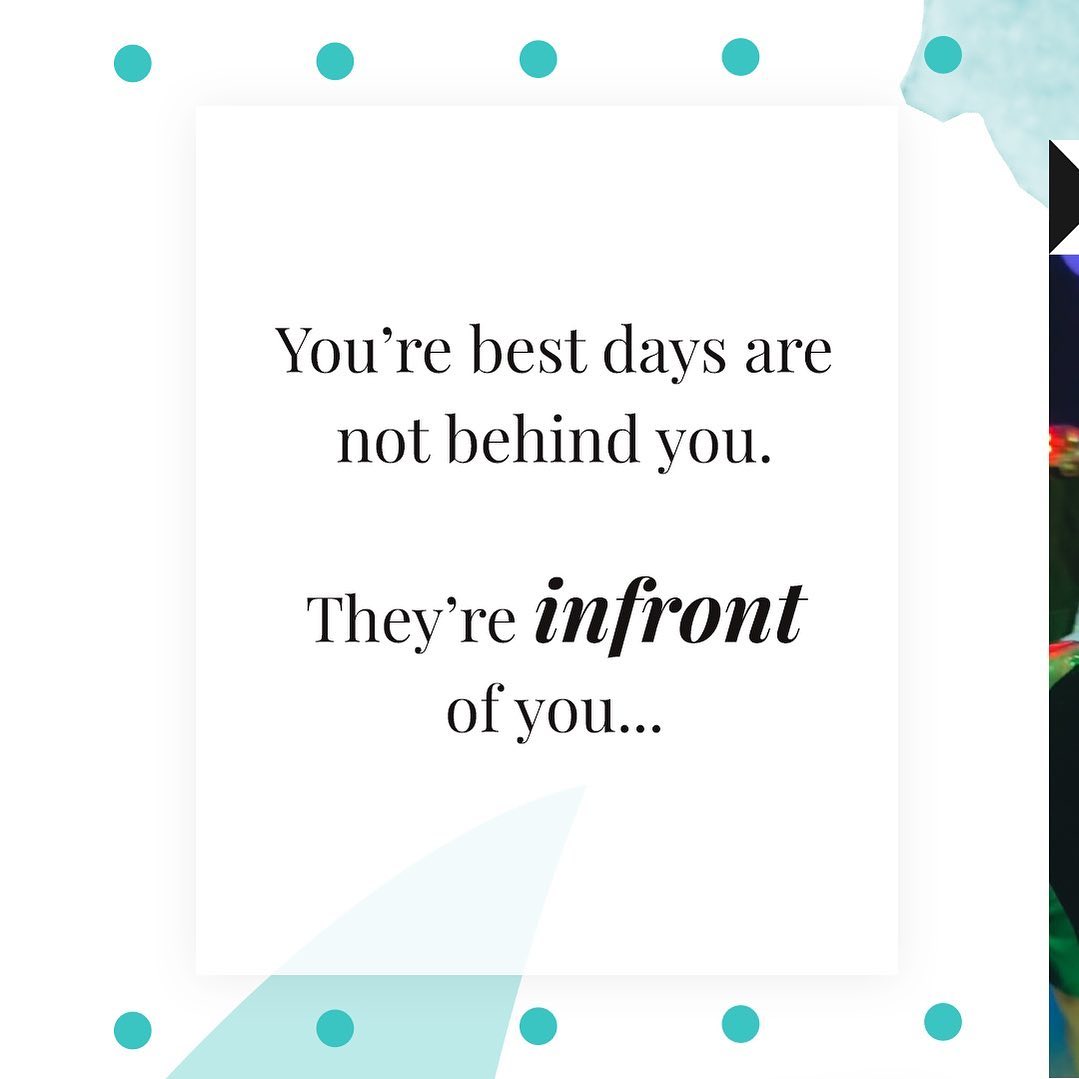
![[AD] We have some super exciting news...we have been chosen to be Laser Quest Ambassadors, and the boys are over the moon!
We are really lucky that our local Laser Quest (@laserquestkingston) is just around the corner from us. It means we can pop in of a weekend or anytime during the school holidays, and with summer just around the corner, I know Laser Quest will be one of our go-to places for some family fun.
As well as games of Laser Quest, there are also VR experiences and arcade amusements too. To find out a bit more about how Laser Quest works, you can read my blog post: https://www.suburban-mum.com/laser-quest-kingston/ (clickable link in bio)
Don't forget to keep an eye out for our Laser Quest posts - I'm going to be giving away two family passes to use at Laserquest Kingston!
If you can't wait and want to head down to Laser Quest to try it out, use the code SUMMER30 for 30% off your booking. The code is valid from now until the end of August 2023 and can be used on Laser Quest games and birthday party bookings.
#LaserquestAmbassador #Laserquest #LaserquestKingston #ActivitiesForKids #FamilyFun #DaysOutWithKids #Lasertag #LaserquestVR #Kingston #ThingsToDoInKingston #SurreyFamilyDaysOut #ThingsToDoWithKids #RainyDayFun #SurreyMummy #SurreyLife #LifeWithKids #LifeWithBoys #familyfunday](https://suburban-mum.com/wp-content/uploads/2015/04/353230107_797358078406942_2405522556733455165_n.jpg)

![[AD] The sun has finally made an appearance and the boys have been making the most of it by spending it
in the garden.
They’re go-to is always football and they’ve been trying to improve their aim and accuracy with the new Messi Foldable Footlball goal from the #MessiTrainingSystem range.
I love the fact the goal is foldable, making it easy to store away when not in use. It is also lightweight so you can effortlessly pack it up and take it to the park or to a friend’s house.
The Messi Foldable Football Goal retails at £36 and can be purchased from @argos
You can read my full review here: https://www.suburban-mum.com/messi-foldable-football-goal/
#TrainLikeMessi #FoldableFootballGoal #FootballSkills #OutdoorFun #LionelMessi #LeoMessi #FootballAtHome #OutdoorKids #JustGetOutside #OutdoorsAndFree #ScreenFreeKids #WhateverTheWeatherKids @flair_gp](https://suburban-mum.com/wp-content/uploads/2015/04/341194882_615024710178056_41977149395989448_n.jpg)

![[AD] We are absolutely thrilled to announce that we are Barracuda Ambassadors again this year.
With Easter just around the corner, the boys were sent the @barracudas_activity_day_camps new camp kit in preparation for the school holidays.
There’s a wide range of activities for kids aged 4.5 - 14 including Tennis, Archery, Basketball, Arts & Crafts and more.
If you like the sound of Barracudas, find out more over on their website. You can also save £20 a week or £4 a day, using my discount code: MARIA20](https://suburban-mum.com/wp-content/uploads/2024/07/336812306_765234558514317_685553691647241974_n.jpg)


![[AD - Gifted]
Last weekend we were invited to try out @tsarettaspice’s new Bottomless Brunch menu and I can tell you it was thumbs up all round!
There’s a good choice tapas on offer from Punjabi fish fingers, Indo Chinese Chicken to Spiced Lamb Scotch Eggs and Manchurian Cauliflower (which was amazing!)
If you’re local to Twickenham and fancy giving them a try here’s are the details.
Tsaretta Spice Bottomless Brunch
⭐️£37.50 per head for bottomless Prosecco or cocktail of the day
⭐️£55 per head for bottomless Champagne
⭐️ Food included: 4 tapas selections and dessert or 2 tapas selections, a pav or naanwich and dessert
⭐️ Non-alcohol brunch is also available
Tsaretta Spice
55 Church Street
Twickenham
TW1 3NR
You can also read our full review over on the blog (link in bio)](https://suburban-mum.com/wp-content/uploads/2024/07/334565436_5960402314015030_663031098700829518_n.jpg)
![[AD] What does family look like for you?
I am fortunate to be surrounded by strong, powerful women in the form of my mum, sister and mother-in-law (along with many others). With Mother’s Day just around the corner, @BootsUK want to celebrate all the different mums and mother figures we are lucky enough to have in our lives. They have a huge range of Mother’s Day gifts to choose from so we can show them how much they mean to us. (swipe to take a look at some of my choices)
If you want to express love and appreciation for the mother figure(s) in your life, head to Boots.com to find the ideal gift. They have a whole host of gifts, so you can be sure to find something to suit all tastes. Celebrate the #LoveForAllMums this Mother’s Day with Boots.
](https://suburban-mum.com/wp-content/uploads/2015/04/334276459_136658625736352_6403224988403337253_n.jpg)
